September 21, 2020
Principle Centered Design™
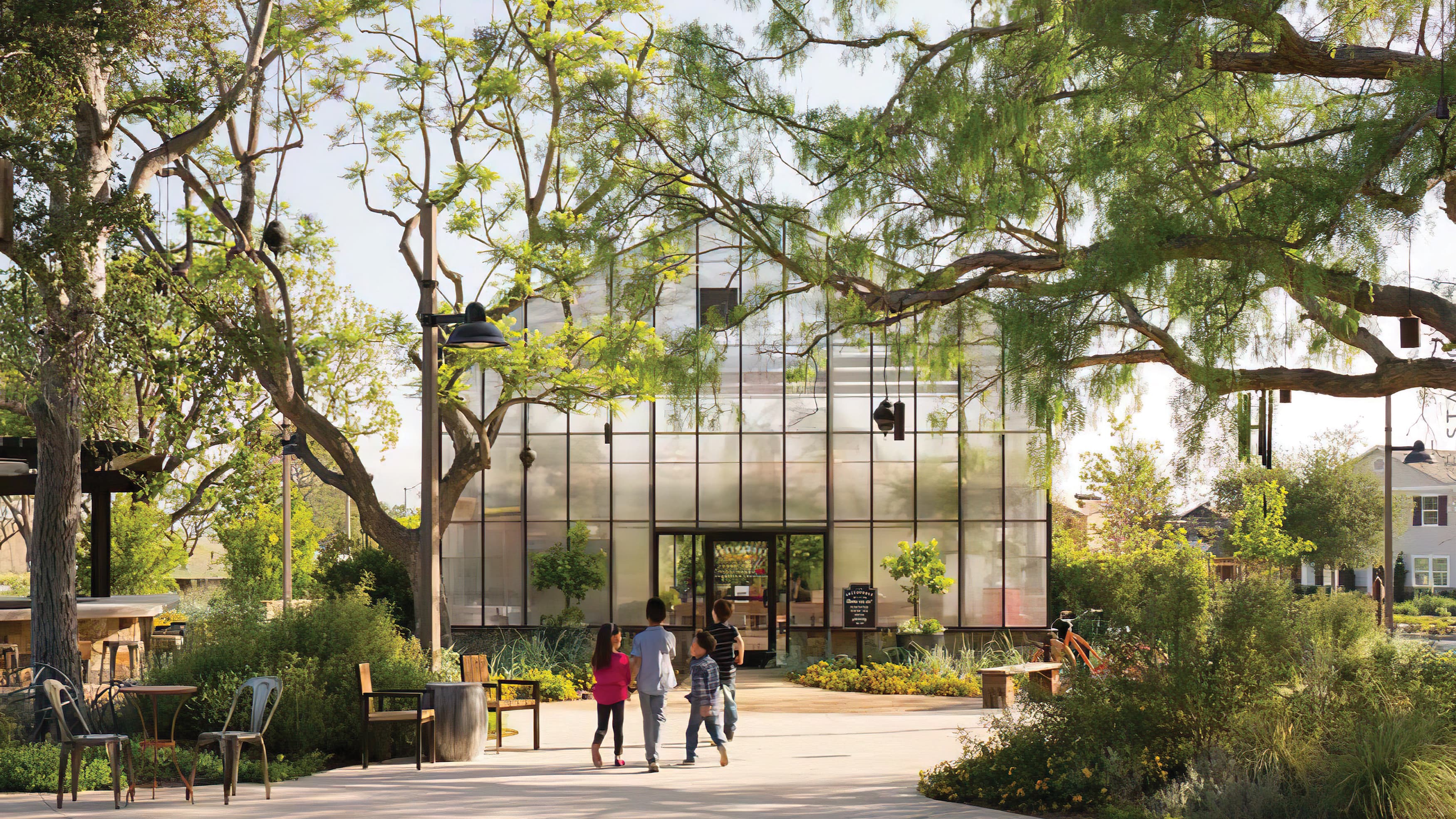
September 21, 2020

RSM Design’s work is about marrying the elements of architecture to the needs of the people that will experience it. Every connection to a built environment starts with the physical space and context. We use the built environment to choreograph and craft a story and breathe soul into public and private places.
The disciplines of architecture and graphic design live harmoniously and symbiotically together. This relationship has been around for centuries as an important component of the project narrative. Whether through hieroglyphics, classical inscriptions, façade stenciling, strong building identities, the two disciplines work together to create a cohesive narrative of the building and the way the visitor interacts with it. This marriage is not limited to buildings alone, but also manifests itself in civic spaces and urban places where signage, wayfinding, and art combine to create richness, character, functionality, and engagement.
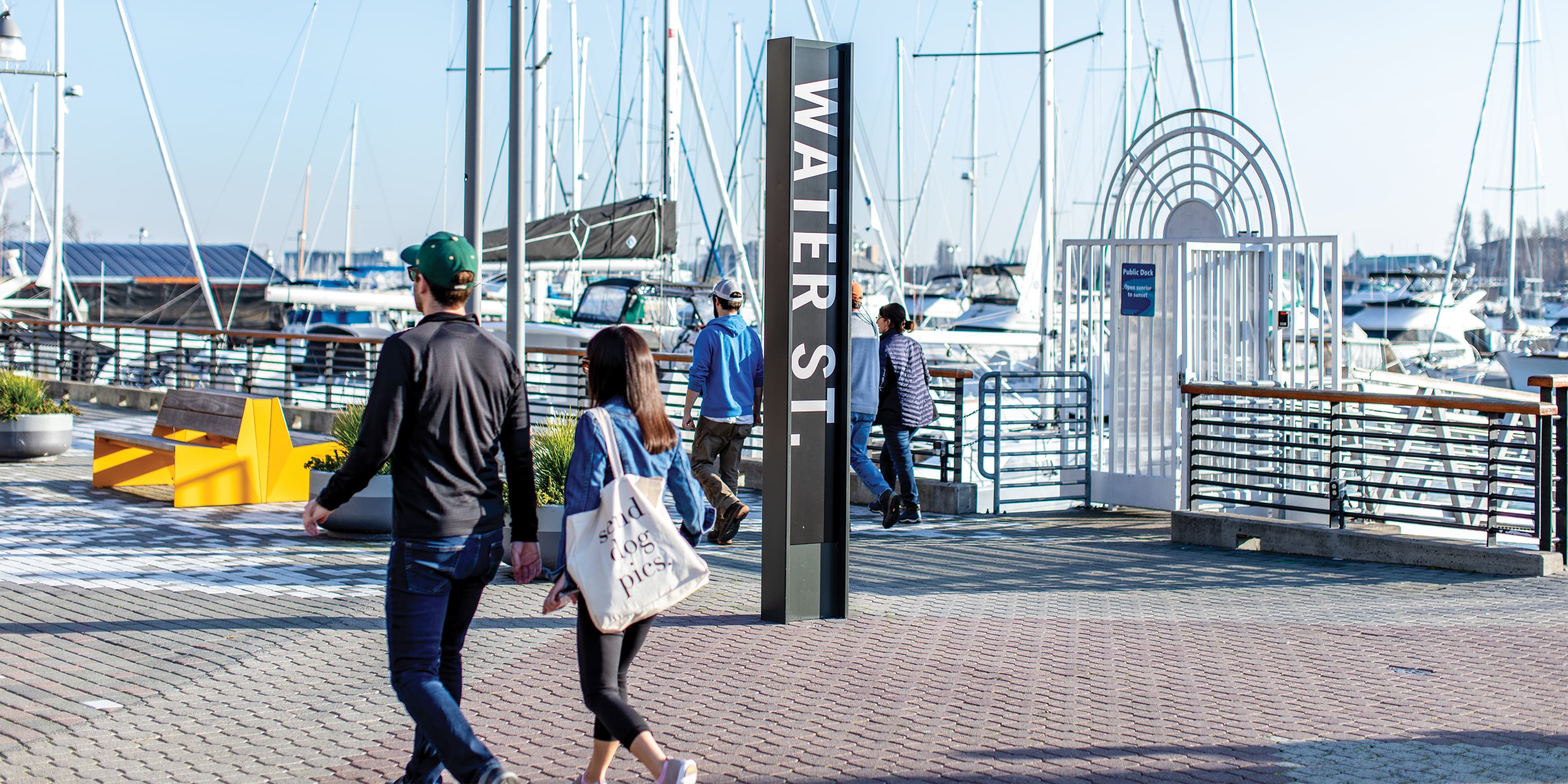
Architecture speaks of space, form, place, and function while architectural graphic design communicates a building’s function, purpose, message, and narrative. Effective and appropriate architectural graphic designs support the statement made by a building and strengthen its presence. The graphics layered into the environment are derived from the architectural context, spatial context, cultural context, and historical context to which they relate. They are not independent nor superficial. The design elements provide meaning, form, function, and purpose, along with the architecture. Whether these architectural graphic designs are woven into the building or space through identity signage, wayfinding signage, specialty features, or graphic embellishments, there is an open dialogue that mutually benefits one another.
Architectural graphic design creates a strong sense of place, fulfills human needs, helps users find their way, and communicates a building’s narrative, fostering a strong connection between the person and place. The relationship of architecture and graphic design is a symbiotic alliance that orients, informs, and delights.
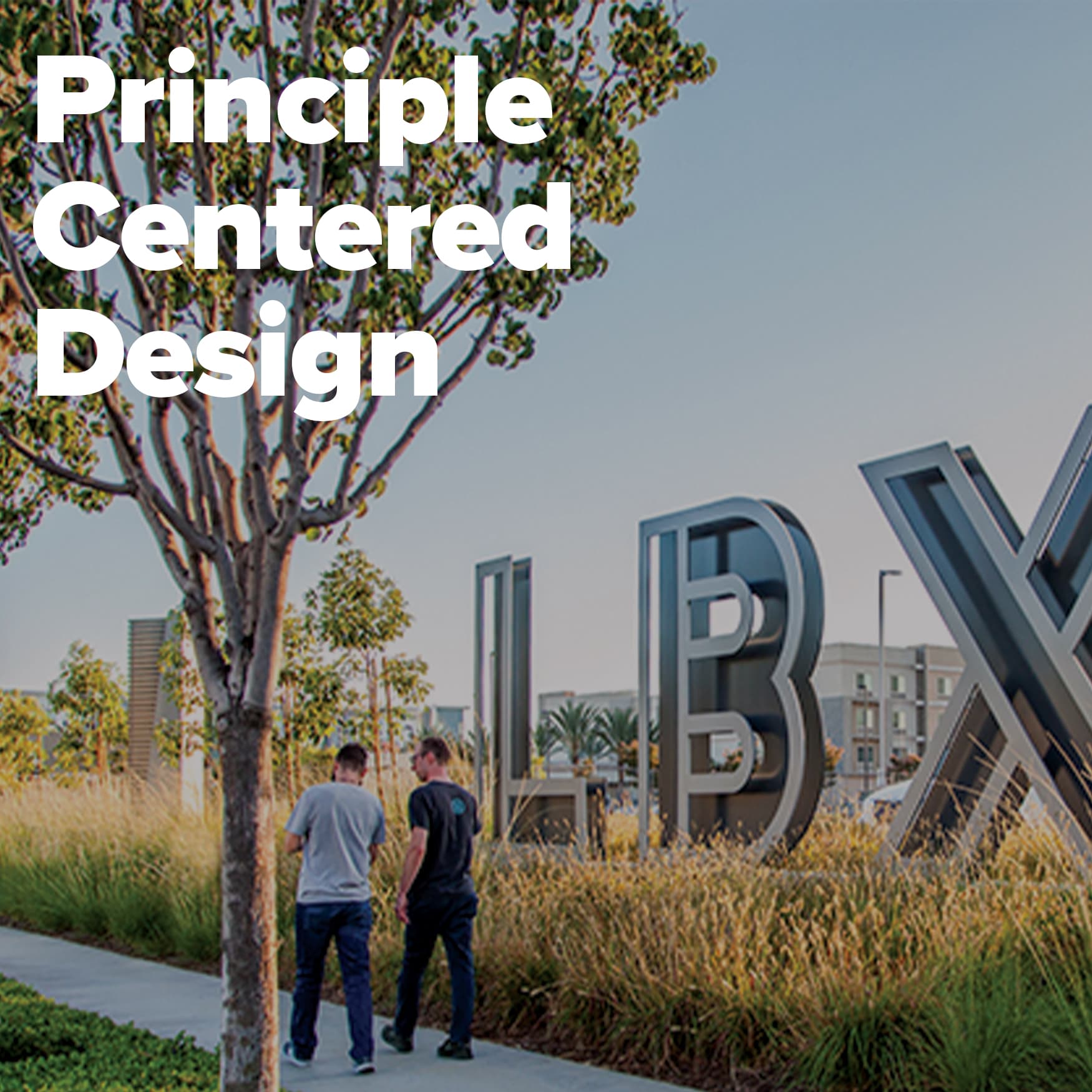
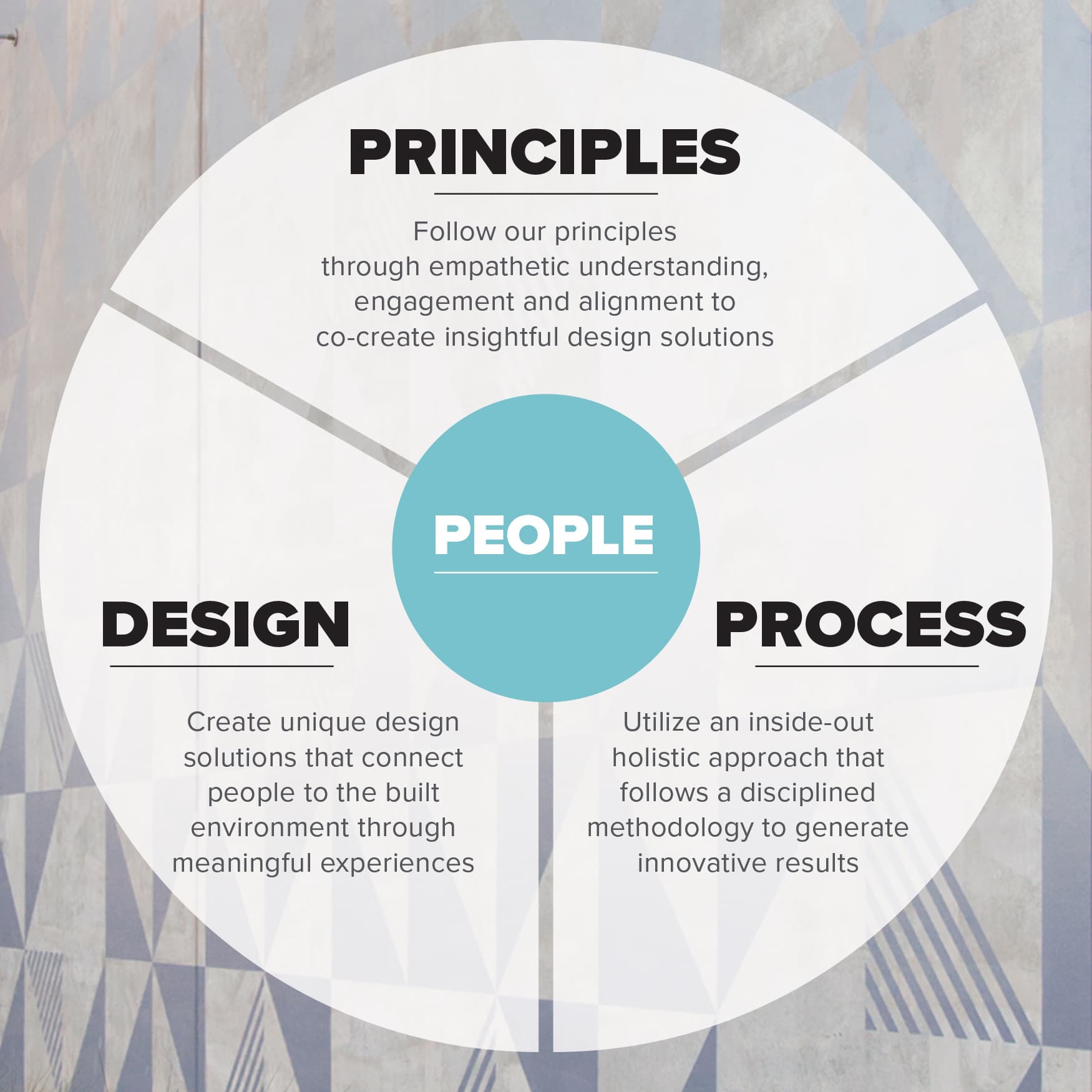
The primary guiding principle of RSM Design’s practice is that people are at the center of everything we do. Whether you think of people in terms of individuals, groups, or communities, they are inherently at the center of the architectural graphic designer’s focus.
Our goal with any project is to help people to feel good, to give them a sense of meaning in their environment, and to help them identify within the community that will build an enduring and lasting connection.
When visitors look at a place, drive up or walk through it, the work of architectural graphic designers is what helps make it unique and identifiable, and more importantly resonate with its purpose. People want to feel good about putting their energy into the environment and be a part of it.
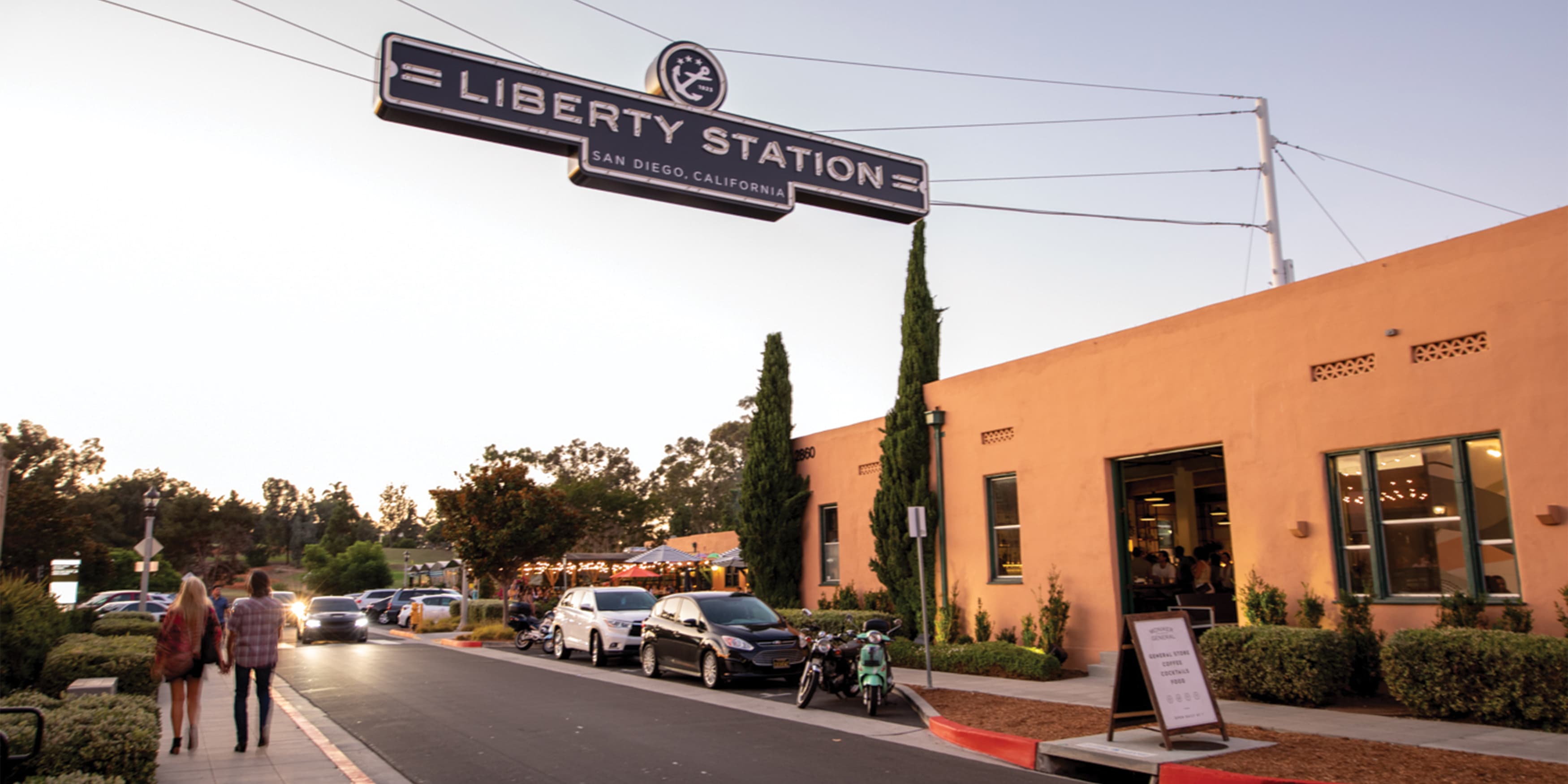
We want people to feel empowered by the spaces they occupy. So, how do we invigorate the environment to make it more engaging and create the kinds of connections that surpass the physical?
We place people at the center of the design process. Everything revolves around understanding the core needs, values, and objectives of the people that will occupy the space. It’s all about their motivations and desires. We create brands, wayfinding, signage, and artful moments that engage the psychology, spark memories, tap emotions. What we’ve learned over the years is that subtleties in design, a different typeface, color choices, the placement of a piece of art can totally transform the experience.
Places have the power to become part of a person’s identity, particularly when they are authentic, when they stand for something. Making that connection requires a deeper level of sensitivity and understanding. A colorful sign won’t do it. To be effective, our work has to engage at every human level—the body, the mind, the heart, and the spirit. It’s a whole-person approach that radically defines the work we do.
READ PART 1: EXPERIENTIAL DESIGN
READ PART 3: CONNECTING PEOPLE TO PLACE
READ PART 4: CERTAINTY, VARIETY, DELIGHT